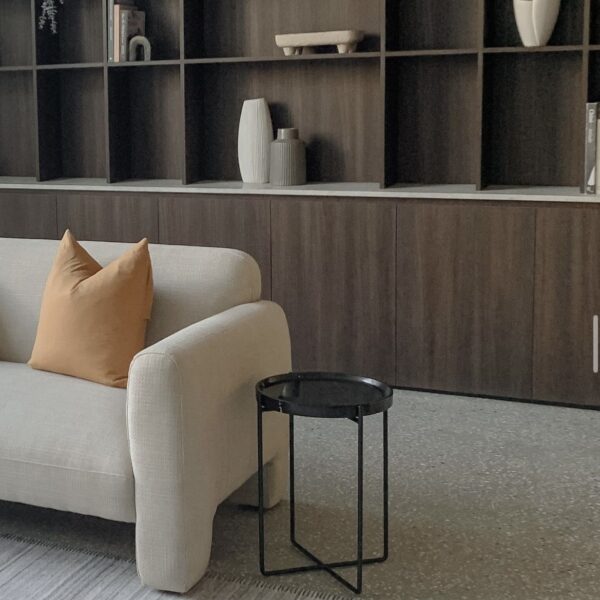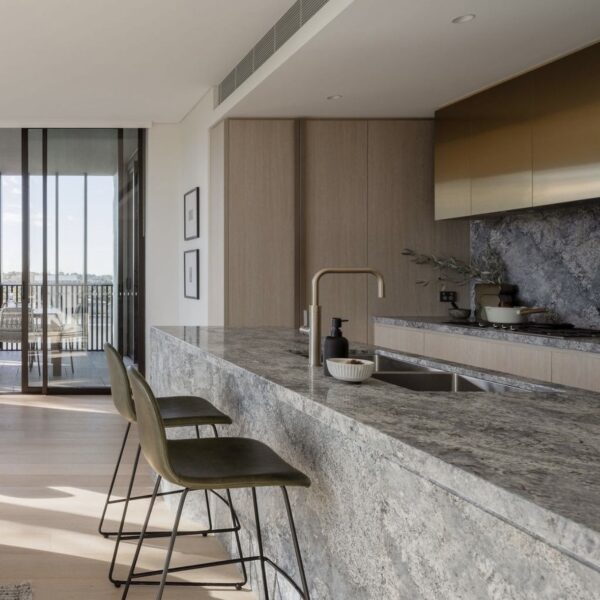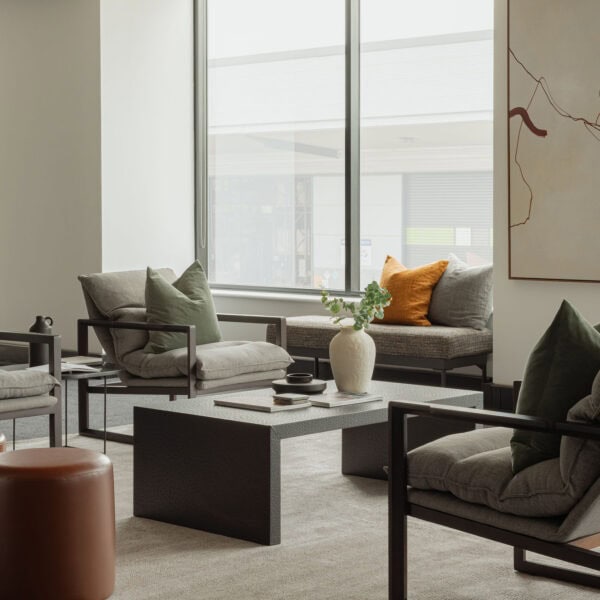How Interior Design Influences Mood and Productivity
The design of a space can significantly affect our mood and productivity, whether at home or in the office. From colour choices to layout and lighting, the psychology behind interior design helps create environments that promote well-being, focus, and creativity. Here’s how you can use these principles to enhance your spaces.
The Power of Colour
Colours impact how we feel. Blues and greens create a calming atmosphere, while warmer tones like yellow can energise. Small pops of colour can inspire creativity, but balance is key to avoid overstimulation. Start with a neutral base, limit bright colours to accents or social spaces, or use softer hues and complementary tones for harmony.

The Role of Natural Light
Natural light is essential for boosting mood and productivity. It makes home spaces feel more open and welcoming, while in offices, it increases focus and reduces fatigue. If natural light is limited, mirrors and daylight-mimicking bulbs can help. Mirrors reflect both light and colour so pairing them with light-coloured walls and decor will maximise their effectiveness.
Space Layout and Flow
A well-organised layout reduces stress and promotes efficiency. Open plans encourage socialisation at home and collaboration at work, while clear zones help maintain balance. Flexible furniture can enhance flow and keep clutter to a minimum. These include modular sofas, convertible desks and nesting tables to name a few.

Furniture and Ergonomics
Comfortable, functional furniture is essential for both relaxation and productivity. At home, ergonomic setups in workspaces and cozy seating promote well-being. In offices, ergonomic furniture reduces strain and improves efficiency. it’s essential to prioritise comfort, adjustability and support for good posture to reduce strain.
Texture and Materials
Textures and materials influence how a space is experienced, both emotionally and physically. The interplay of textures and tactile experience of different textures can make spaces feel more dynamic and personalised. Soft textures like plush rugs or velvet cushions evoke warmth and comfort, ideal for relaxation in living rooms or bedrooms. Harder surfaces, such as metal or glass, create a modern, minimalist feel that enhances focus in workspaces.

Interior design goes beyond aesthetics—it influences mood and productivity. By carefully choosing colours, furniture, and textures, we create spaces that not only look great but also support well-being and efficiency at home or at work. Contact us today.